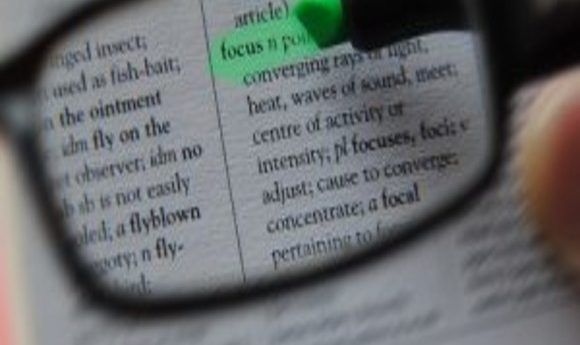Prioritization in the paraventricular thalamus

The paraventricular thalamus plays a key role in determining which pieces of information and stimuli are important to learn from in specific situations.

Research conducted recently at Stanford University (CA, USA) and led by Xiaoke Chen, has concluded its investigations in the brain’s processes for focused learning. The team found that the paraventricular thalamus (PVT) plays a vital role in screening for and monitoring the most important aspects of a scenario in mouse brains.
A core principle of learning is feedback, identifying an action or stimulus and then noting its result; this has been extensively studied and is well documented. However, the process by which the brain identifies information that constitutes important feedback, from details that are insignificant, has so far been neglected.
To address this aspect of the learning process Chen devised an experiment to study the brains of mice, while they were taught to associate two odors to different outcomes. Initially, one odor preceded a sip of water, while the second was followed by a puff of air to the face. The result of the second odor was changed to a mild electric shock midway through the experiment. The experiment was also conducted again with the water and air stimuli, but with the mice’s thirst satiated.
In the initial experiment two-thirds of the PVT neurons responded to both odors while an extra 30% responded to the water associated odor, placing greater emphasis on the more important signal at that moment. When the negative outcome was upgraded to an electric shock the proportions of PVT response changed. All PVT neurons responded to the negative odor and only three quarters responded to the positive odor. Likewise with the thirst-quenched mice, the PVT proportions changed to be more activated by the air puff associated odor.
These results indicate that the PVT plays a key role in prioritizing information based on the situation at hand and the severity of outcome associated with a stimulus. To further validate this theory the team conducted similar tests on genetically modified mice whose PVT activity could be controlled by light. They found they were able to hinder or improve the mice’s learning with regard to changing odors and outcomes.
These results highlight the previously poorly understood sophistication of the PVT and Chen is hopeful that in the future a potential avenue for the research could be to “help treat drug addiction, by helping addicts unlearn the association between taking a drug and the subsequent high.”